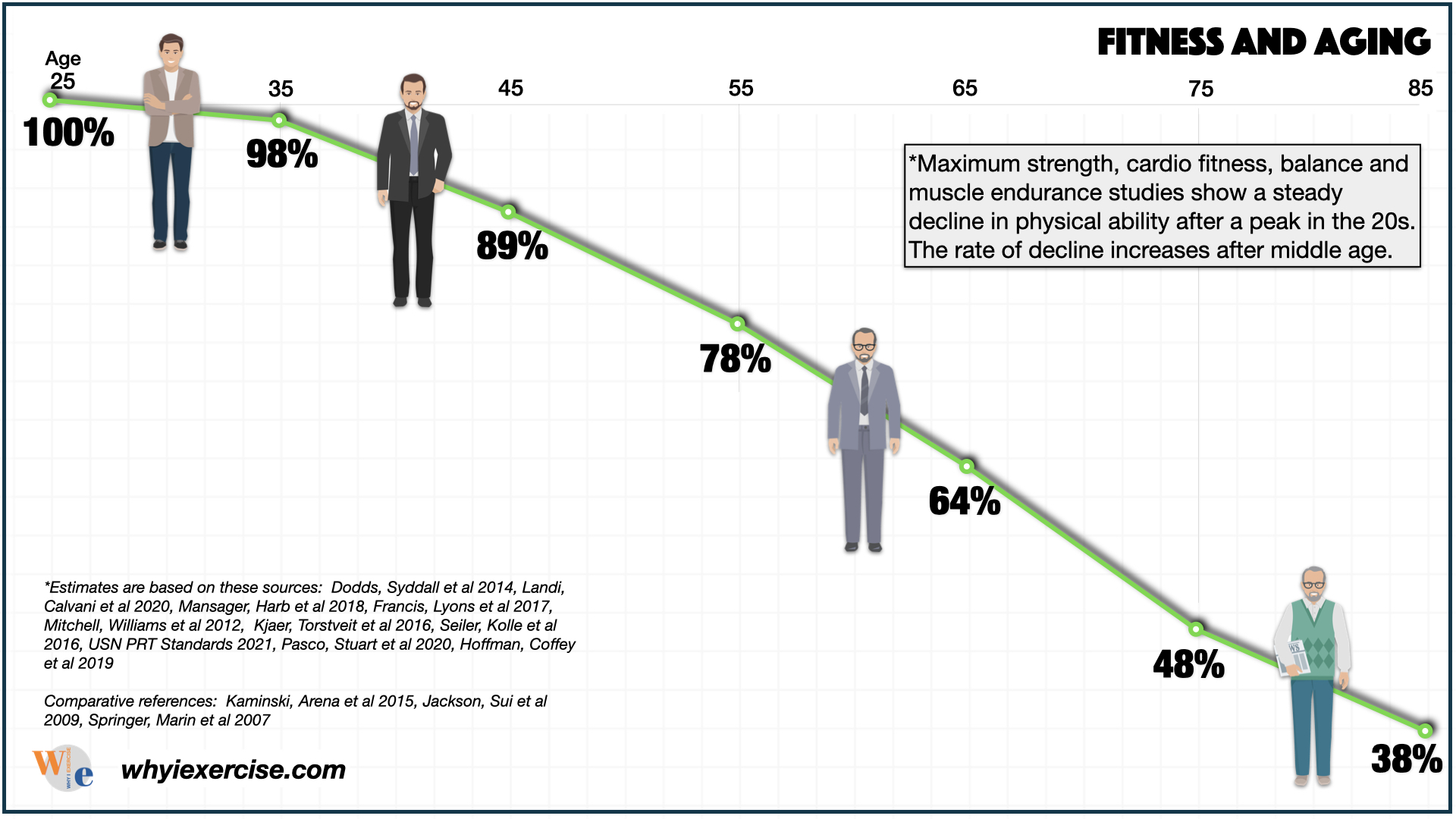You can lift weights 2-3 times a week and make impressive gains in both strength and size. The main point is when doing a few sets leads to important gains in strength and size, so that even going to the gym for one hour every week has big benefits.
It is not easy to meta-analyze different studies and while the study is reasonably well done and somewhat useful, for specific advice I would go with expert lifters who have trained thousands of athletes as well as regular people.
Since volume equals reps times sets, specific advice on number of reps per set, and whether “warm up” sets are included is lacking here. While compound lifts work many muscles, applying a factor of “half effort” to “indirect muscles” is a big approximation, but you have to do something.
If you want to grow strong, the traditional advice was to do as few warm-up sets as needed, ramping up the weight for a few reps each until above 85% of your maximum. Then do sets of 1-5 reps. More sets will increase both strength and size. Whether fifty sets of one rep is equivalent to five sets of ten reps depends on the weight being used. For strength, the weight should often be too heavy to do ten reps for compound lifts.
The traditional advice for size was to do high volumes of sets in the 50-70% range of maximum. Depending on the exercise and number of sets this might equate to 1-20 reps. But if volume is high, you can gain almost as much strength from using medium weights as using heavy ones.
But if just training for health, the good news is a little strength training goes a long way and even an hour at the gym each week can result in significant improvements if programmed well.


